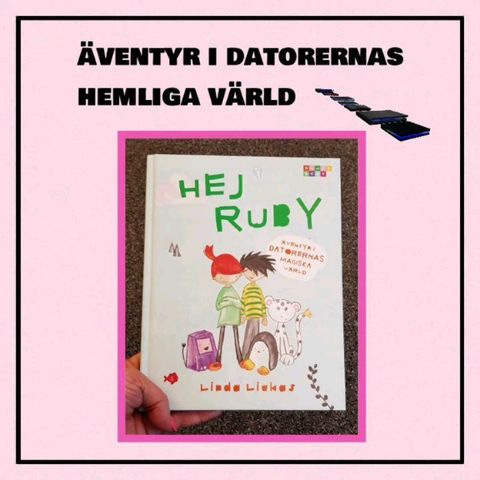No. 20 — Acorns 🌰 Packet switching 🤝 Dancing drones
The three handshakes of TCP/IP
My name is Linda. I write a bi-weekly newsletter about computer science, childhood and culture - and there are 9426 of you listening. If you enjoy this issue, please share it with anyone you think may find it useful.
In Finland work needs to be done by midsummer, so the weeks before are a blur. And while everything I’m doing right now seems messy, unfinished and unnecessarily complicated, the end of June is near.
I was pulling up some numbers, and noticed that my TED talk (which at the time also felt messy, unfinished and unnecessarily complicated) now has 2.1 million views. OVER TWO MILLION! This is the power of Internet I at least tend to forget. Give anything enough time and it will grow. Richard Hamming and his acorns everywhere.
On that thought - this little corner of the Internet has seen twenty editions. What started as a pandemic project has grown into a meditation I look forward to writing. Can’t wait to see what another six years will bring.
One of my favorite themes of computer science to teach is packet switching. Something in protocols makes me feel light, joyous and resilient. (The three handshakes of TCP/IP sounds like a young adult novel I would read!)
I’ve made teaching tools with vegetables and orchestrated kid-sized Internet protocol demonstrations. Both of the experiments taught me to appreciate how it is even possible that the Internet works as well as it does - and how amazing it is that no single company owns these protocols.
Anyways, last week I read Matt Webb’s story on infrastructure, protocols and how we could create national packet-switched drone delivery networks.
The article is smart, fun, and genuinely new - I’ve only read stories on startups building stuff with drones and have been largely uninterested, but the idea of creating a national delivery system, a physical network powered by a protocol seems.. familiar. That’s how the Internet got started. Handshakes in the air.
Infrastructure builds slow and then fast. ARPANET (and then the internet) was 4 nodes at launch in 1969; 100,000 nodes after 20 years in 1989 when the web was first proposed; and a billion nodes 20 years after that – an efficient, interoperating, exponentially-growing network for information. My take: Now is the time to start work on the equivalent infrastructure for the physical world.
If you’re interested in learning more about packet switching, there’s an activity for that. The CS Unplugged project has made great instructions on doing this with kids.
Linked List
In computer science, a linked list is a linear collection of data elements whose order is not given by their physical placement in memory. But here it is a selection of things I’ve been reading lately.
Speaking of drones. I’ve seen the Blade Runner vibe examples of giant fleets of drones forming airborne images and QR codes but was curious to learn if there were any artistic takes. This Dancing Drone Lamp performance was delightful. And this choreography by ELEVENPLAY x Rhizomatiks Research was touching, pure art. (h/t Jono). Both of the examples are from mid-2010s, so the tech has advanced a lot. Can’t wait to see what we’ll get to experience next.
“Infrastructure builds slow and then fast” stated Matt Webb. Makes me think of Patrick Collison’s famous list of examples of people achieving great things together quickly - and how hypothesis on how infrastructure projects have stalled in speed since 1970s.
My favorite newsletter right now is “Why is This Interesting”, which is described as “Every day Noah Brier and Colin Nagy (and occasional guests) send an interesting email. If you subscribe you get said email in your inbox each morning”. It skews towards tech and engineering, but in a lovely, approachable way. Recent installations I’ve loved include Claude Shannon and Information Theory edition and the Regular Expression edition, but also the Winamp Skins Nostalgia edition.
Classroom
I’m hoping to surface and share stories from all of you and I’d love to see your creations! Here are a few teachers using Ruby in creative, fun and inspiring ways:
How a Swedish classroom uses Ruby, make sure to click through the slides for the Picasso inspired decomposing activity.











